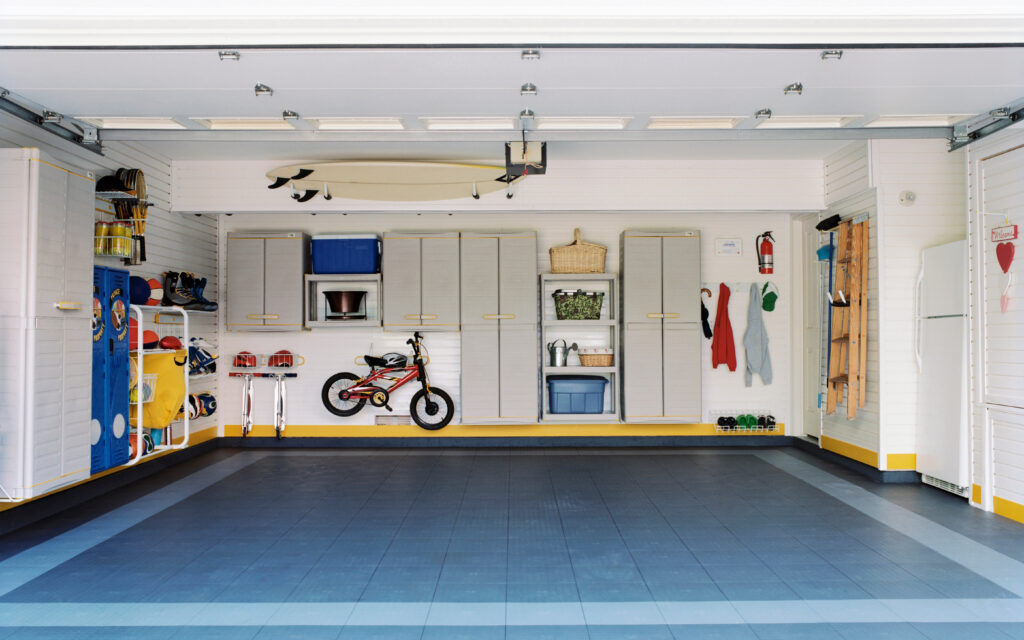As cooler weather arrives, many families spend more time indoors. Unfortunately, this can also mean increased exposure to dust, mold spores, and other irritants that trigger seasonal allergies. A dedicated fall allergy cleaning routine can help reduce allergens, improve indoor air quality, and create a healthier environment for everyone in your household. With the right approach, you can breathe easier and enjoy the comfort of your home throughout the season.
Why Fall Allergy Cleaning is Essential
Fall often brings allergy challenges as pollen, mold, and dust circulate in the air. When windows close and heating systems turn on, allergens can become trapped inside your home. Without proactive fall allergy cleaning, these particles settle into carpets, furniture, and air vents, creating discomfort for those with allergies or asthma. A thorough seasonal cleaning minimizes triggers and helps your home feel fresh and inviting.
Focus on Carpets and Rugs
Carpets are one of the biggest collectors of allergens. Dust mites, pet dander, and pollen can cling to carpet fibers, making them difficult to remove without deep cleaning. As part of your fall allergy cleaning, vacuum carpets and rugs regularly with a HEPA filter vacuum, which traps more allergens than standard machines. For best results, schedule a professional carpet cleaning to remove buildup that vacuuming alone cannot reach.
Clean Upholstery and Curtains
Soft surfaces such as couches, chairs, and curtains also trap allergens. Include them in your fall allergy cleaning routine by vacuuming upholstery with a brush attachment and washing fabric curtains. If you have blinds, wipe them down thoroughly to remove dust. This extra step reduces hidden allergens and helps keep your living areas more comfortable.
Dust High and Low
Dusting is one of the simplest yet most effective parts of fall allergy cleaning. Start from the top of each room—ceiling fans, shelves, and light fixtures—and work your way down. Use microfiber cloths or electrostatic dusters, which capture particles rather than spreading them around. Do not forget baseboards, vents, and behind furniture, where dust often accumulates unnoticed.
Replace Air Filters and Clean Vents
Your heating system plays a major role in air quality during fall. Replace HVAC filters with high-quality options designed to capture allergens. As part of your fall allergy cleaning, vacuum vents and registers to prevent dust from circulating through your home. You may also consider scheduling a duct cleaning for a more thorough solution, especially if you notice persistent dust or allergy symptoms.
Control Humidity to Reduce Mold
Fall often brings damp weather, which can create conditions for mold growth. Mold spores are a common allergen that thrive in moist environments. Incorporate humidity control into your fall allergy cleaning routine by using dehumidifiers in basements, bathrooms, or other damp spaces. Regularly clean shower tiles, window sills, and other moisture-prone areas to prevent mold buildup.
Wash Bedding and Linens Frequently
Bedrooms are another hotspot for allergens. Dust mites thrive in bedding, pillows, and mattresses. During your fall allergy cleaning, wash bedding in hot water weekly and encase mattresses and pillows in allergen-proof covers. Vacuum under beds and rotate mattresses to reduce dust accumulation. These steps help create a healthier sleep environment for allergy sufferers.
Maintain a Weekly Routine
One-time cleaning can only go so far. The key to effective fall allergy cleaning is regular maintenance. Commit to a weekly schedule of vacuuming, dusting, and laundering fabrics. Keep clutter to a minimum, as it provides more surfaces for dust to settle. By staying consistent, you can minimize allergens and maintain a healthier home throughout the fall season.
Schedule a Consultation
Visit our website to learn more about our services and to book an appointment. Experience the difference professional cleaning can make in your workspace.



